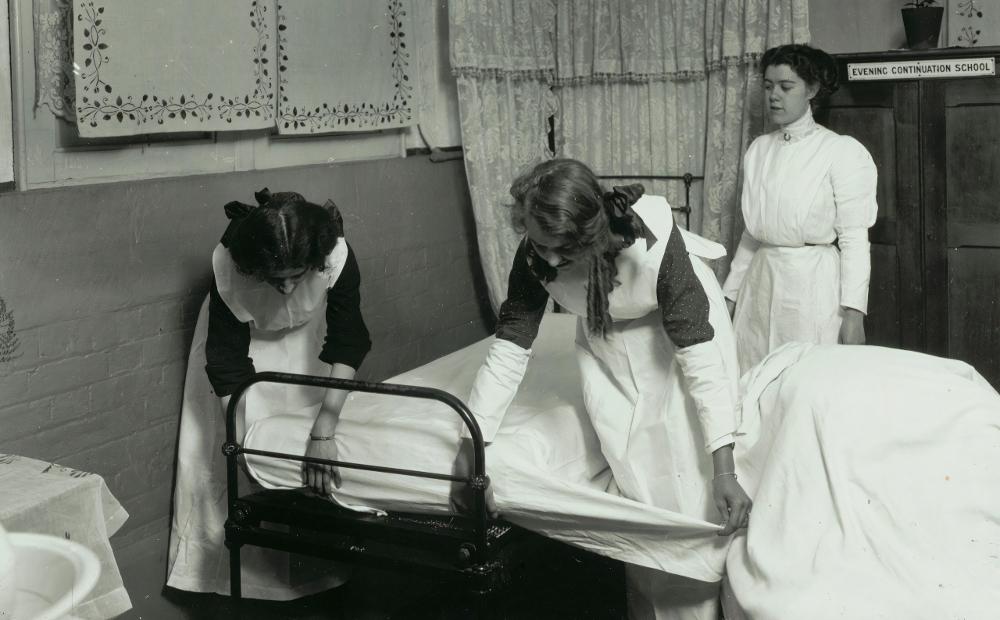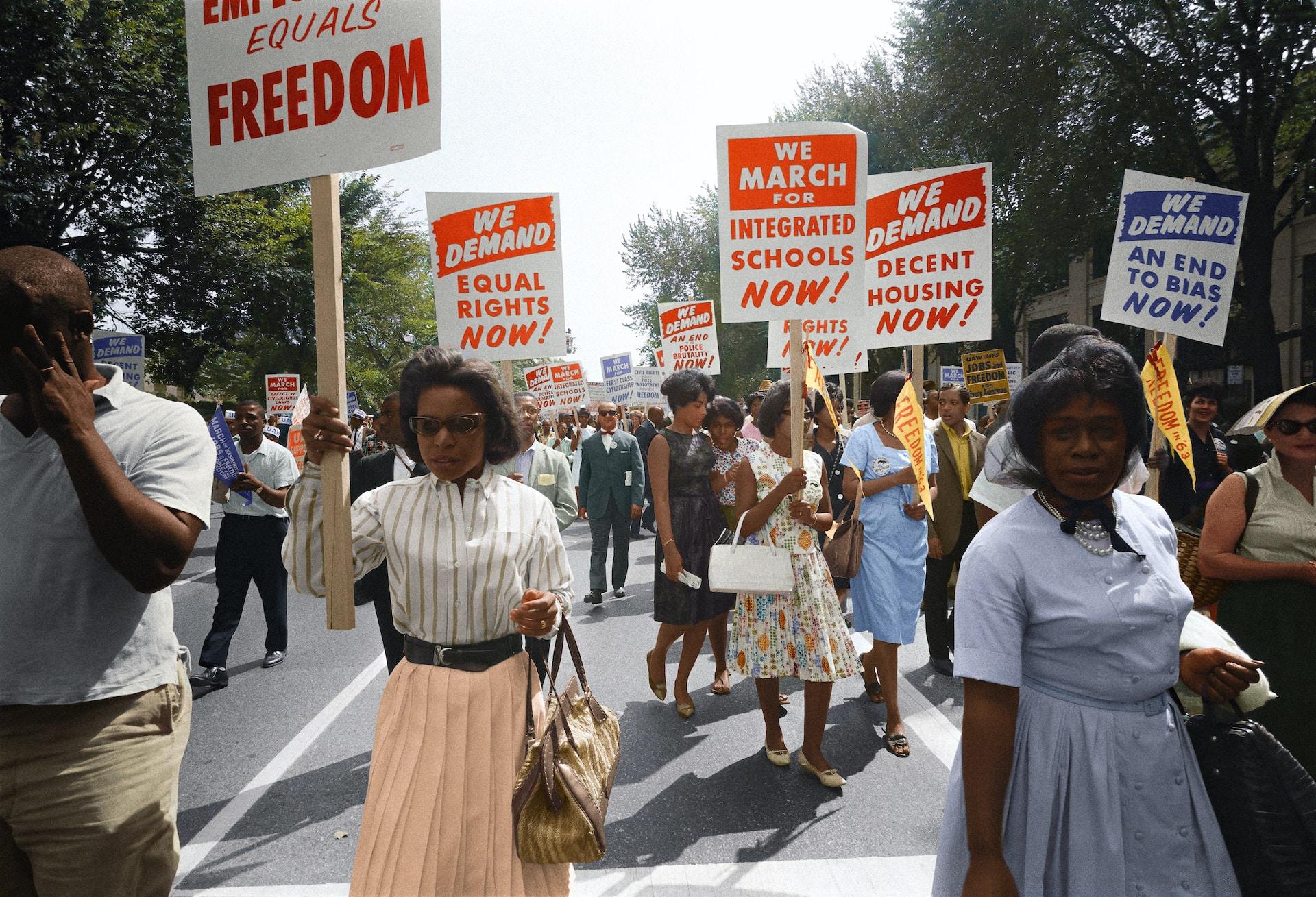Here’s What You Should Know About The Landmark Equal Pay Act

In 1963, women were paid 59 cents for every dollar men earn. On June 10th, we acknowledge the 60th anniversary of the Equal Pay Act being signed into law in order to combat the issue.
After pushing for decades, the Equal Pay Act of 1963 finally provided women with legal backing for equal financial compensation in the workplace. According to The Women’s National History Museum, the law “prohibits discrimination on account of sex in the payment of wages by employers.” The Civil Rights Act of 1964 further affirmed the Equal Pay Act’s stance and prohibited discrimination by employers on the basis of sex, race, religion, and/or nationality.
Here is everything you need to know about the Equal Pay Act:
1. An Equal Pay Act was first pushed in 1942.

According to Britannica, the National War Labor Board first advocated for equal pay in 1942, and an act was officially proposed in 1945. Early supporters include former First Lady Eleanor Roosevelt. No president stepped up to have it signed into law until John F. Kennedy took office.

2. John F. Kennedy signed the Equal Pay Act into effect in 1963.
More than 20 years after it was initially advocated for, the Equal Pay Act was signed by President John F. Kennedy in 1963. It was enacted as an amendment to the Fair Labor Standards Act of 1938, which regulates minimum wages, overtime, and child labor, according to Britannica.
3. There were many opposed to the law.
Some business owners, corporations, and organizations opposed the law, including the Chamber of Commerce and the Retail Merchant’s Association. According to Britannica, there was a sense that companies faced a so-called “high turnover rate” with women professionals due to being the primary caregiver for children. Some state laws prohibited women from working at night, and other laws limited the actual number of hours women could work and even the amount of weight women could lift.
4. The responsibility of enforcing the EPA falls on The Equal Employment Opportunity Commission.
From 1963 until the passage of the Educational Amendments in 1972, people in executive or professional positions were excluded from the protection of the EPA because of its incorporation with the Fair Labor Standards Act, which included protections, according to Britannica. As a result of the Reorganization Act of 1977, the enforcement of the EPA shifted to the Equal Employment Opportunity Commission in 1979 and is still in place today.
5. Women still do not earn equal pay.
Despite the fact that this law went into effect 60 years ago, women still have not reached pay parity with men. According to the most recent Pew Research data, women make 82 cents for every dollar men make. For Black and Hispanic women specifically, the pay gap is wider, with Black women making 58 cents for every dollar white men make and Hispanic making 57 cents for every dollar.
In 2022, women earned an average of 82% of what men earned. According to the Pew Research Center, these results are eerily close to where the pay gap stood in 2002, as women were earning 80% as much as men.
6. Progress has stalled in the last decade.

At our current growth rate, it would take us until 2056, according to a recent report, to close the gender pay gap. Pay discrimination is only one way that women are oppressed in the workplace. Women are also met with harassment, unequal opportunities, ageism, racism, and more.
According to the U.S. Department of Labor, older Black and Hispanic women have the most extreme gaps in pay, and there is a wage gap present at every level of education. In other words, no matter the age or what level of education a woman has, she will still face with pay inequity. The disparity in women and men’s salaries cannot be explained by measurable differences between them, according to the U.S. Department of Labor. Ultimately, there is no valid reason that women are still paid less.
There have been recent efforts on the state level for equal pay for women, with legislators in Colorado, for example, making official laws that add further strengthen protections for equal pay.
Still, there’s a lot more work left to be done. Organizations like Equal Pay Today and Equal Pay International Coalition are prime examples of advocates and activists still fighting for pay equity. As we look forward to another year of the Equal Pay Act, let’s remember all that has been done, while recognizing we have a long way to go.






